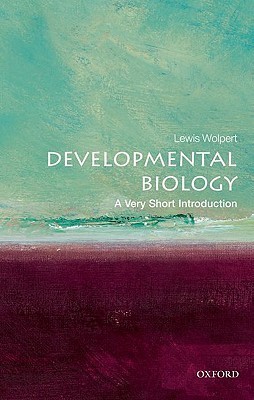What do you think?
Rate this book


160 pages, Paperback
First published September 28, 1999
"It is likely that in the next 50 years, given the genes and structure of a fertilized egg, it will be possible to reliably compute the details of that organism’s development and just what the adult would be."